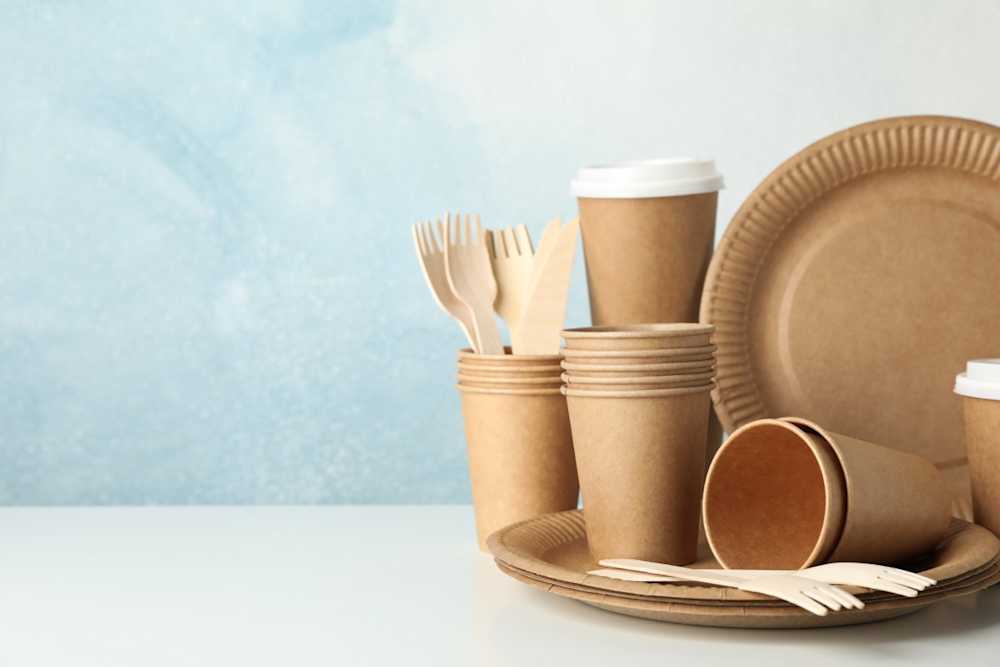Companies that produce paper and board food contact materials (FCMs) must ensure their products’ safety by the Framework Regulation (EC) No 1935/2004, which requires that constituents are not transferred to food in quantities that would endanger human health or negatively affect sensory quality.1 Unlike in the case of plastic FCMs, however, there is no harmonized EU legislation that would specify maximum content or migration limits for chemicals in paper and board FCMs.
Due to the lack of harmonization, companies need to choose another safety reference to showcase their materials' compliance with the Framework Regulation. Common choices include German, French, Italian, and Dutch laws, as well as industry guidelines that draw from several countries’ national regulations. Measurlabs offers a variety of testing options in accordance with the selected safety reference.
Requirements for intentionally added substances (IAS)
Only risk-assessed or approved substances, as outlined in national regulations and recommendations, can be used to manufacture paper and board FCMs.2 This requirement covers raw materials, such as fresh and recycled fiber pulp, as well as production aids, refining agents, coatings, ink, adhesives, and other additives used throughout the papermaking process.
National guidelines, such as Germany’s BfR Recommendation XXXVI, set limits on the maximum acceptable levels of selected chemicals in fiber-based FCMs. Manufacturers should ensure that restricted chemicals are not present in the product in amounts exceeding the limits listed in Table 1.
Table 1. Selected chemical parameters for intentionally added substances3
Substance | Migration/content limit |
10 μg/l (extract of finished product) | |
Cadmium | 5 μg/l (extract of finished product) |
Aluminium | 1 mg/kg (migration into food) |
1 mg/dm2 (extract of finished product) | |
2 mg/kg (content in final product) | |
1.5 mg/dm2 (extract of finished product) | |
Benzisothiazolinone (BIT) Methylisothiazolinone (MIT) 3:1 mixture of Methylchloroisothiazolinone (MCI) and MIT | (extract of finished product) 10 μg/dm2 1 μg/dm2 0.5 μg/dm2 |
Sum of PAAs Any carcinogenic PAA* | (migration into food) 0.01 mg/kg 0.002 mg/kg |
Optical brighteners and colorants | No observable migration into food |
* Applies to PAAs declared as class 1A and 1B carcinogens in the CLP Regulation (EC) 1272/2008.
Analysis of non-intentionally added substances (NIAS)
Companies also need to consider substances that may end up in the food contact material non-intentionally at different stages of the production process. This is particularly important for recycled wood-based materials, which are more likely to contain contaminants.
The EU is currently working to ban bisphenol A (BPA) and other bisphenols in most food contact materials. Once the ban takes effect, companies that produce paper and board FCMs containing recycled fiber must test 5% of batches for the presence of BPA.4
The German BfR has also set limits for other contaminants that may unintentionally end up in recycled paper and board. Materials should be tested to ensure the limits listed in Table 2 are not exceeded.
Table 2. Limits for selected NIAS in paper and board that contain recycled fibers5
Substance | Migration limit |
4,4'-Bis(dimethylamino)- benzophenone* | Not detected with a detection limit of 0.01 mg/kg |
Diethylhexyl phthalate (DEHP) Di-n-butyl phthalate (DBP) Diisobutyl phthalate (DIBP) Sum of DBP and DIBP | 1.5 mg/kg 0.3 mg/kg 0.3 mg/kg 0.3 mg/kg |
0.6 mg/kg | |
0.05 mg/kg | |
0.05 mg/kg |
* If used with moist and fatty foodstuffs.
In addition to requirements set in BfR XXXVI, French national regulation (MCDA sheet n°4 (V02 – 01/01/2019)) for paper and board defines mineral oil hydrocarbons (MOSH/MOAH), polycyclic aromatic hydrocarbons (PAH), and photoinitiators as potential NIAS, especially in recycled paper. Finally, non-targeted screening for NIAS using e.g. GC-MS is crucial to ensure safety and compliance according to Article 3 of the Framework Regulation.
Sensory analysis
According to the Framework Regulation, food contact materials must not cause deterioration of the organoleptic characteristics of food. This means that they must not negatively impact the odor, flavor, or other properties of food detected by the human senses.6 Generally, EN 1230-1 and EN 1230-2 standards are used for sensory analysis of paper and board FCMs, including coated and printed materials, which contact food directly or indirectly.
Compliance testing
While food contact regulations often specify migration limits, paper and board do not generally withstand testing with liquid food simulants. This is why testing is either performed using powder-form simulant E (MPPO/Tenax) or extraction tests as substitutes for migration testing. The procedure should be based on nationally or internationally recognized and validated standard methods, such as DIN, EN, ISO, or equivalent.
Measurlabs offers a comprehensive range of analyses for evaluating the compliance of paper and board FCMs with national and EU regulations. Do not hesitate to contact our experts via the form below for more information.
References:
1 Regulation (EC) No 1935/2004.
2 See page 8 of the Food Contact Guidelines For the Compliance of Paper & Board Materials and Articles produced by CEPI, a consortium of European paper industry associations.
3 German Federal Institute for Risk Assessment, XXXVI. Paper and board for food contact.
4 See article 5 of the draft regulation available on the EC website Food safety – restrictions on bisphenol A (BPA) and other bisphenols in food contact materials.
5 German Federal Institute for Risk Assessment, Annex, XXXVI. Paper and board for food contact.
6 See Article 3 of Regulation (EC) No 1935/2004.

